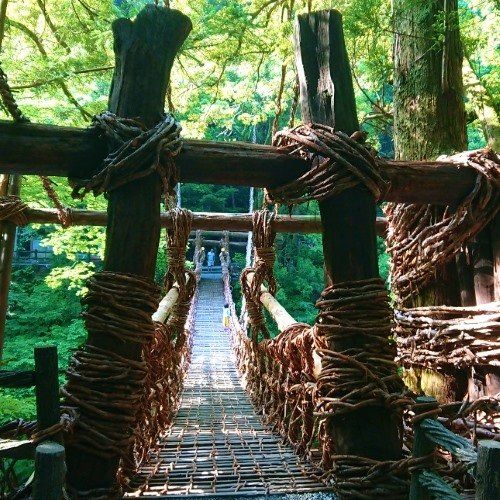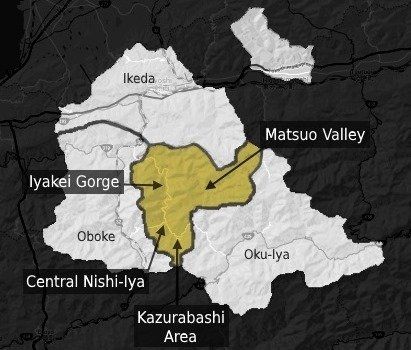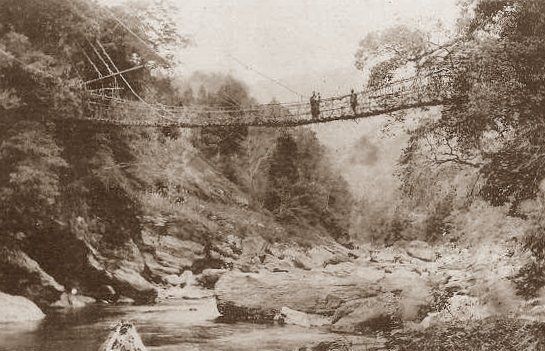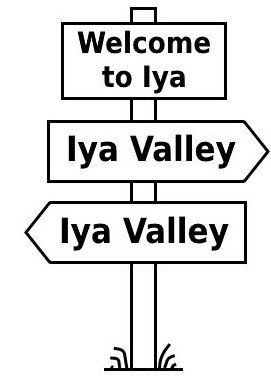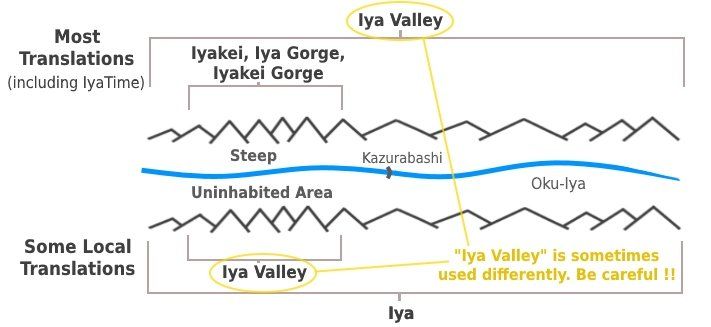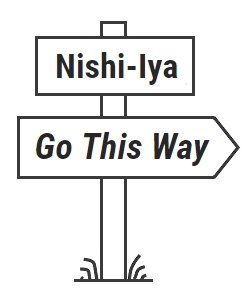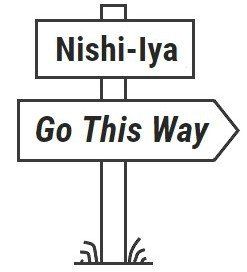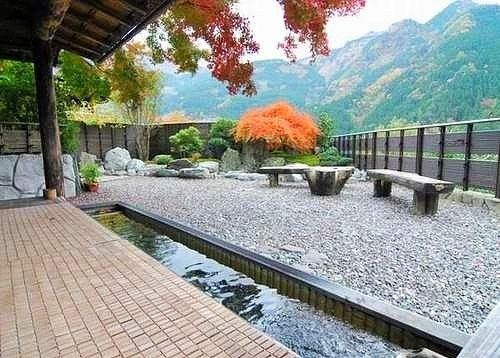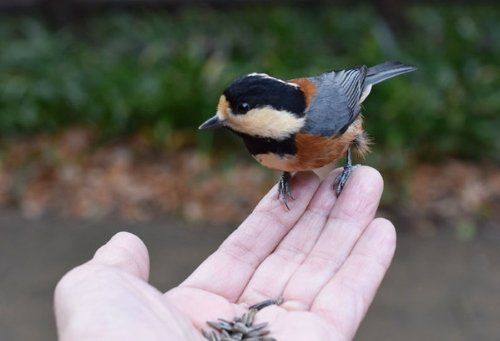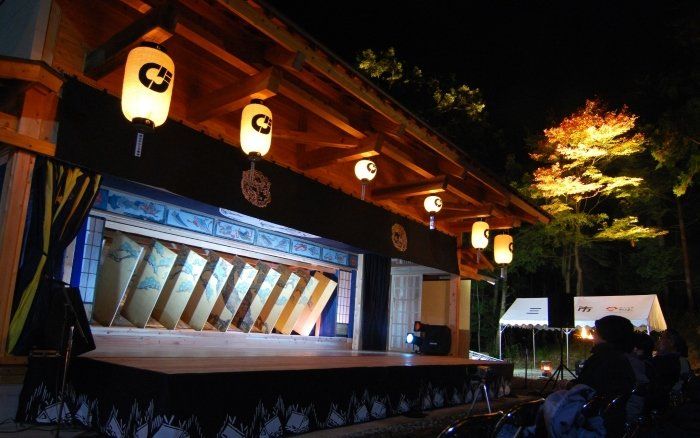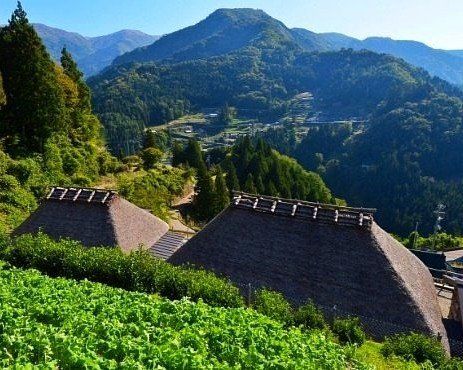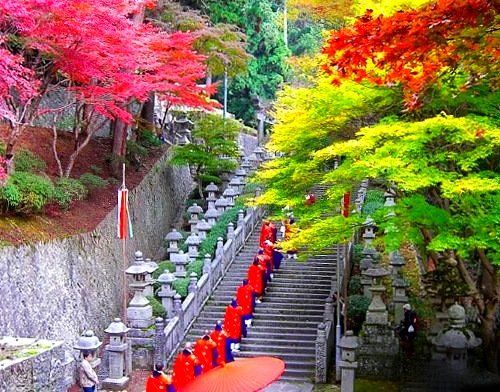With its breathtaking viewpoints, top-notch hotels and hotsprings, various activities, and the renowned Iya-no-Kazurabashi Vine Bridge, the lower half of the Iya Valley is becoming an increasingly popular place to visit in recent years.
Known as Nishi-Iya (East Iya), most visitors head directly to the famed vine bridge, which has a scattering of shops, restaurants, and places to stay surrounding it and is undoubtedly the most 'touristic' part of the Iya Valley (though its still a far cry from being overly so). At the vine bridge you'll usually see a tour bus (or three) bringing in day-trippers, but for 90% of them, this is all they see in the valley.
And while the vine bridge is certainly an amazing attraction, the rest of Nishi-Iya has a lot to offer. A steep gorge known as Iyakei covers the first 15km or so of the valley, and this pristine section is mostly undeveloped and uninhabited (with the exception of a single hotel, a campground, and a small statue). With the narrow, winding "Iya Highway" crawling along its cliffs offering fantastic views, independant travelers will be happy to know that most tour buses don't drive through the gorge and you'll often feel you have the place to yourself.
Within the Central Nishi-Iya and neighboring Kazurabashi Areas there's something for everyone, with hotsprings to relax in, outdoor activities like the zip-line and mountain monorail, riverside campgrounds, and plenty of chances to taste the famed Iya Soba noodles and other local delicacies.
And for the truely intrepid, head over to the adjacent Matsuo Valley, which is known as the "Little Iya Valley". There's not much in the way of tourism or services within its steep walls, just of handful of tiny hamlets (many abandoned) and an utter feeling of isolation. The narrow, crumbling road through here links to Oku-Iya and makes for a truely off-the-beaten-path loop.

